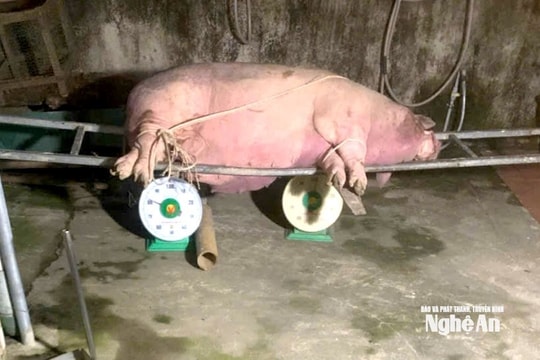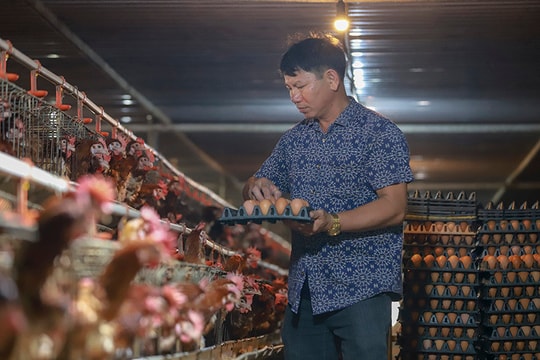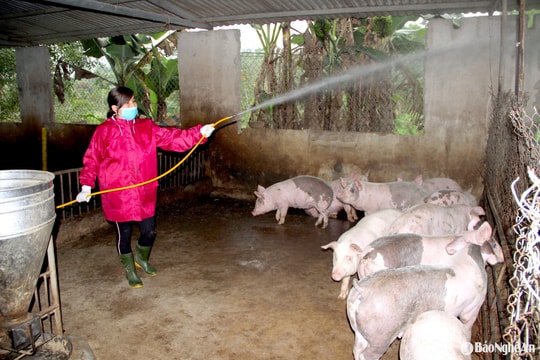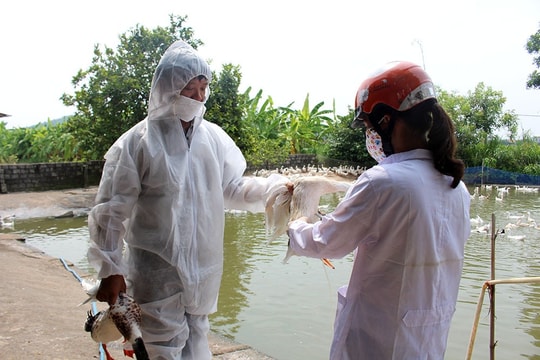Pig prices are not enough to break even.
The management agency said many farmers have 'hung up' their pig pens and are no longer raising them as the price of live pigs remains below 30,000 VND per kg.
According to the Ministry of Agriculture and Rural Development, pork prices in October remained low, not enough to break even. Meanwhile, livestock farming costs have not decreased, making it even more difficult for pig farmers.
"Many small households have closed their barns and are no longer raising pigs. Farms and ranches continue to raise pigs, but are showing a tendency to reduce their herd size. The country's pig herd is estimated to have decreased by 5.4% by October compared to the same period in 2016," the Ministry's report said.
Specifically, according to this agency, the price of live pigs in October tended to decrease in many regions across the country. The price of live pigs in the North decreased by 2,000 - 3,000 VND per kg to 26,000 - 29,000 VND.
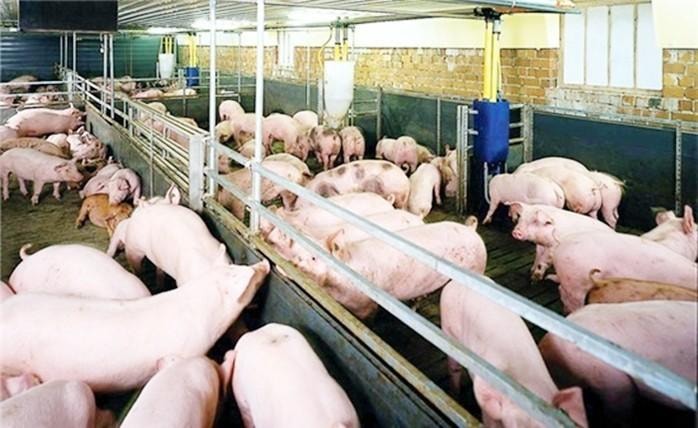 |
| The price of live pigs remains below VND30,000 per kilogram; meanwhile, the cost of raising pigs has not decreased, making it even more difficult for pig farmers. |
In the Central and Central Highlands regions, the price of live pigs also decreased by 1,000 - 3,000 VND per kg, currently fluctuating between 28,000 and 29,000 VND. In the South, the demand for pork consumption decreased after the authorities discovered pigs injected with sedatives in Ho Chi Minh City, causing the price of live pigs in Dong Nai, Binh Duong, Long An... to decrease by 2,000 - 4,000 VND compared to last month, down to 27,000 - 29,000 VND.
In contrast to the price of live pigs, the price of colored chickens in the Southeast and Mekong Delta increased due to strong demand. Compared to last month, the price of colored chickens increased by 2,000 - 5,000 VND to 40,000 - 44,000 VND per kg.
Regarding the processing of livestock and poultry, the Ministry of Agriculture and Rural Development stated that industrial-scale slaughterhouses and meat processing facilities are currently only using about 30% of their capacity. Companies are strengthening chain linkages in livestock farming and processing to export safe meat, meeting the requirements of pork and chicken importing countries.
"Controlling meat quality at slaughterhouses is facing difficulties in supplying the market in big cities due to the situation of injecting sedatives into pigs; and difficulties in tracing the origin of products," the Ministry said.
Since the end of 2016, the price of live pigs has been continuously falling. At one point in some localities, this item hit rock bottom at only 15,000 VND per kg, causing farmers to be devastated.
In that context, the story of how to "rescue pork" has heated up the agenda of ministries, branches as well as with businesses and people. However, along with calling on people to buy pork to support farmers, finding import and export channels to ensure stable output, as well as market forecasting needs to be paid more attention to, has also been raised many times by ministries, branches, especially the agricultural sector and the industry and trade sector.
Previously, Vietnamese pigs were mainly exported to China through unofficial channels. Recently, the management agency has also stepped up promotion to expand export markets. However, only China has agreed to import Vietnamese pork.
At a recent conference on promoting pork export markets, Minister of Agriculture and Rural Development Nguyen Xuan Cuong stated that in the pig farming industry, Vietnam has only been able to do one of the three stages: production. The remaining stages of processing and consumption are the weakest in all agricultural sectors.
According to VNE
| RELATED NEWS |
|---|

